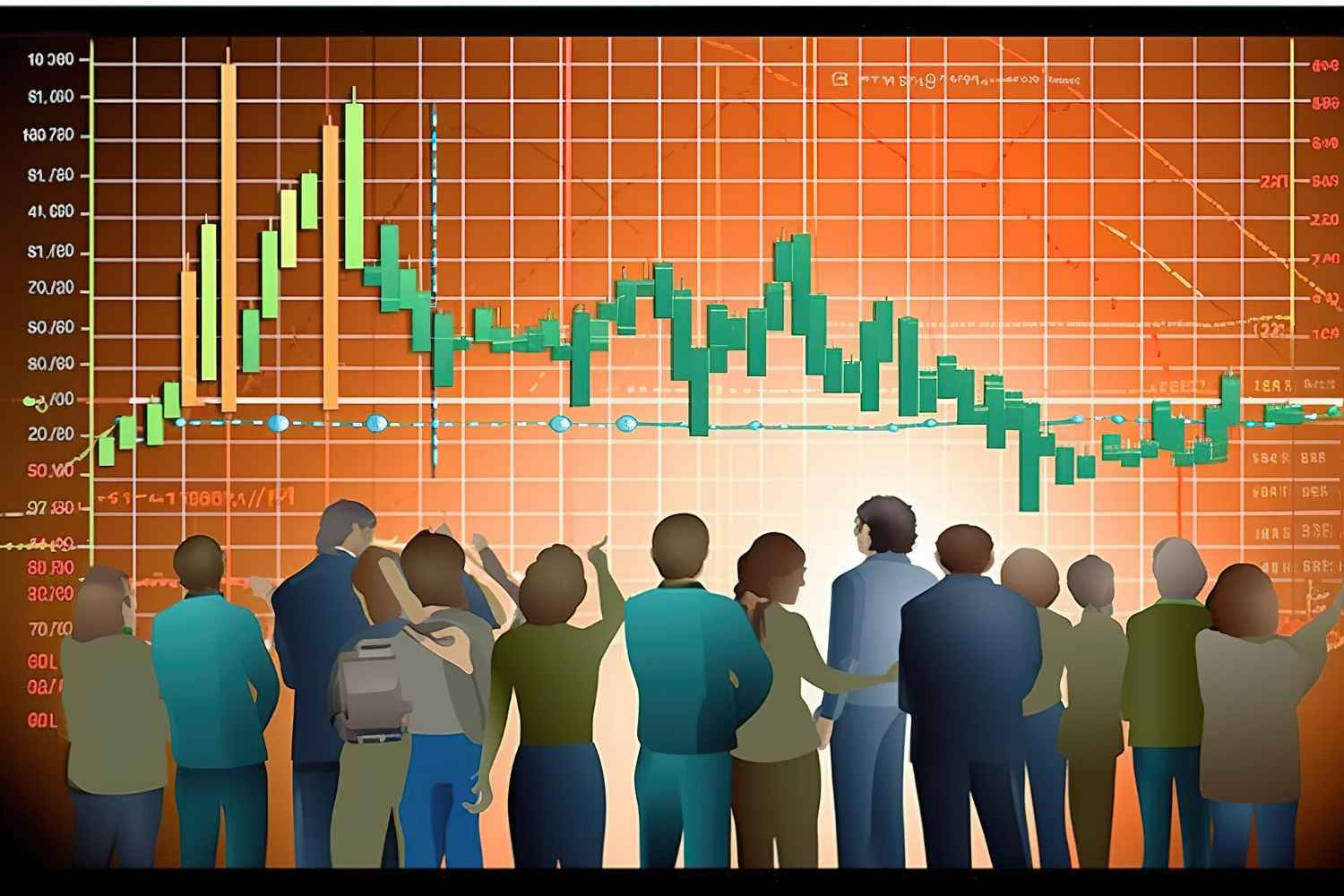Ever wondered why everyone in the financial markets is buzzing when Treasury bond auctions come around? These events are like the Super Bowl for traders and investors, influencing everything from interest rates to stock prices. In this blog post, we’ll delve into the nitty-gritty of Treasury bond auctions, exploring their significance and offering practical insights to help you navigate these crucial events.
What Are Treasury Bonds?
Treasury bonds, often referred to as T-bonds, are long-term debt securities issued by the U.S. Department of the Treasury. With maturities ranging from 10 to 30 years, they provide a fixed interest payment every six months until maturity, at which point the face value is repaid. T-bonds are considered one of the safest investments, backed by the “full faith and credit” of the U.S. government.
Why Are Treasury Bond Auctions Important?
Treasury bond auctions are critical for several reasons. They help the government raise funds to cover budget deficits and manage public debt. For traders and investors, these auctions provide insights into market sentiment, interest rate trends, and economic health. The yields set at these auctions serve as benchmarks for various other interest rates, impacting everything from mortgages to corporate bonds.
How Treasury Bond Auctions Work
The auction process is meticulously planned and executed. The Treasury announces the auction schedule in advance, detailing the types of securities to be offered, their maturities, and the amount to be raised. Investors can place competitive or non-competitive bids. Competitive bidders specify the yield they are willing to accept, while non-competitive bidders agree to accept the yield determined at the auction. The Treasury allocates securities based on these bids, starting with the lowest yields.
Types of Treasury Bond Auctions

The Role of Primary Dealers
Primary dealers are financial institutions authorized to trade directly with the Federal Reserve. They play a crucial role in Treasury bond auctions, ensuring liquidity and stability in the market. These dealers are obligated to participate in auctions and provide bids, helping to set the yields for the securities.
Interpreting Auction Results
Auction results are released shortly after the bidding process ends. Key metrics include the bid-to-cover ratio, which measures demand by comparing the total amount of bids to the amount of securities offered. A high bid-to-cover ratio indicates strong demand, while a low ratio suggests weaker interest. The yield set at the auction is another critical metric, influencing interest rates across the financial markets.
Impact on Interest Rates
The yields determined at Treasury bond auctions directly affect interest rates throughout the economy. Higher yields typically lead to higher borrowing costs for consumers and businesses, while lower yields can stimulate spending and investment. Traders closely monitor auction results to gauge future interest rate movements and adjust their strategies accordingly.
Market Reactions to Auction Results

Strategies for Trading Around Treasury Bond Auctions
Trading around Treasury bond auctions requires careful planning and strategy. Some traders prefer to avoid taking large positions before an auction, given the potential for market-moving surprises. Others may use auction results to inform their trading decisions, adjusting their positions based on the yields and bid-to-cover ratios.
Risk Management in Treasury Bond Trading
Effective risk management is crucial when trading Treasury bonds. Traders should use stop-loss orders to limit potential losses and diversify their portfolios to reduce risk. Understanding the broader economic context and staying informed about upcoming auctions can also help traders make more informed decisions.
Long-Term Implications of Treasury Bond Auctions

Practical Tips for New Traders
For traders new to the Treasury bond market, it’s essential to start with a solid foundation of knowledge. Reading up on the basics of Treasury bonds, understanding the auction process, and staying informed about market trends can provide a strong starting point. Practice and patience are key, as is learning from experienced traders and financial experts.
Conclusion
Treasury bond auctions are pivotal events in the financial markets, offering valuable insights into market sentiment and economic trends. By understanding the auction process, interpreting results, and implementing effective trading strategies, traders can navigate these events with greater confidence and success.
FAQs
-
What is the bid-to-cover ratio?
The bid-to-cover ratio measures demand in a Treasury bond auction by comparing the total amount of bids to the amount of securities offered. A higher ratio indicates stronger demand. -
How do Treasury bond yields affect interest rates?
Treasury bond yields serve as benchmarks for various interest rates, influencing borrowing costs for consumers and businesses. Higher yields generally lead to higher interest rates. -
What are primary dealers?
Primary dealers are financial institutions authorized to trade directly with the Federal Reserve. They play a crucial role in Treasury bond auctions by ensuring liquidity and stability in the market. -
Can new traders participate in Treasury bond auctions?
Yes, new traders can participate in Treasury bond auctions by placing non-competitive bids, which accept the yield determined at the auction. -
What is the difference between a primary market auction and a reopening auction?
A primary market auction involves new securities, while a reopening auction offers additional amounts of previously issued securities.

